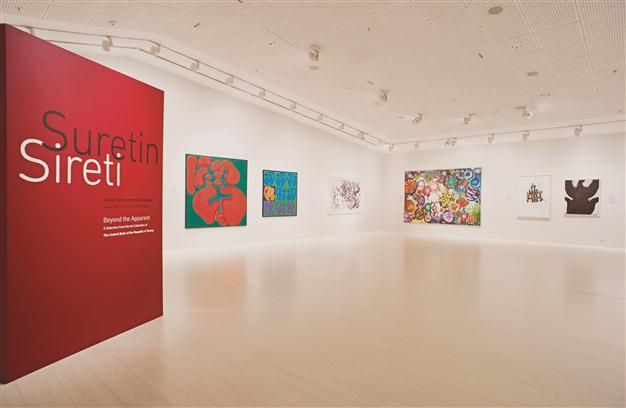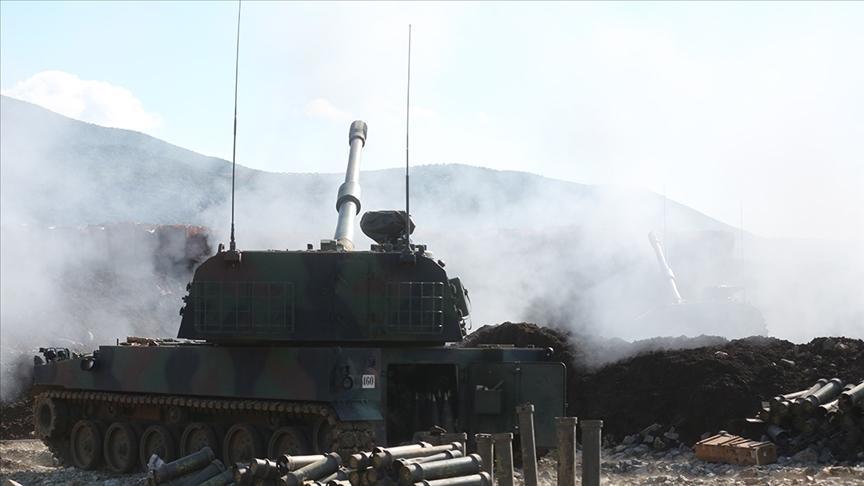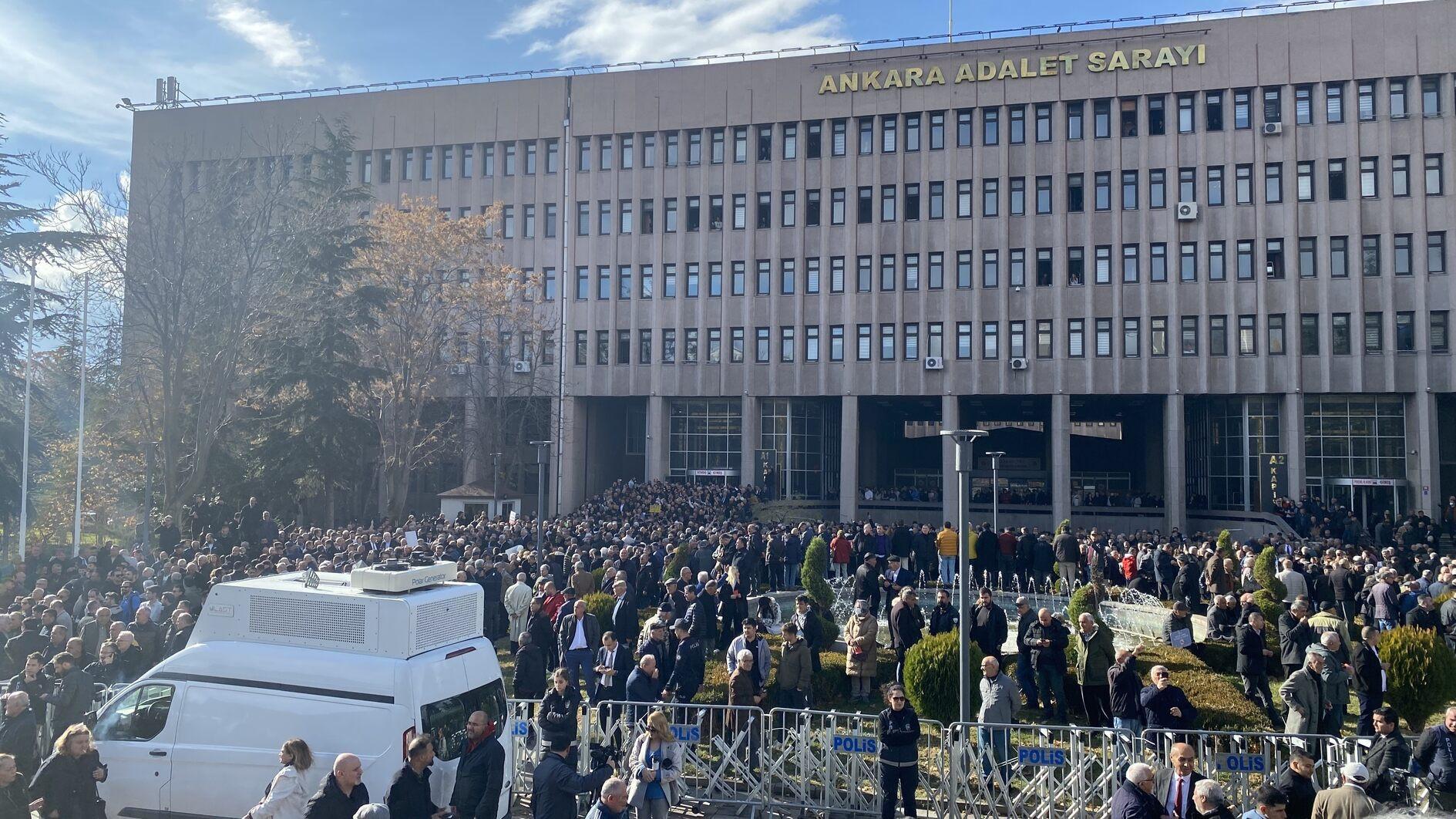Pera Museum displays historical collection

Company Photo
Pera Museum’s new exhibition titled “Beyond the Apparent” is the collection of the Central Bank of the Republic of Turkey, which was founded Oct. 3, 1931. The collection is comprised of modern/contemporary works of art, such as paintings, sculptures, drawings, prints and installations created with different techniques and means of expression by artists of different generations, who were born between 1882 and 1960 and produced their respective works over a hundred years from 1908 onward. As the collection brings into view key currents and discussions in Turkey, it also offers an idea about the changing art concepts during this process.Although a definite record is not available, 1931 may be proposed as the year that marks the creation of the collection. It can be assumed that the collection began to take its form once the Atatürk photographs S. Süreyya Bükey and Jean Axel Weinberg took the same year as the bank’s inauguration and painted over were purchased for display in various areas of the bank. The impetus behind the collection was the encouragement and support given to state institutions and organizations to purchase art works from exhibitions held at the People’s Houses (Halkevleri), The Association of Fine Arts, and the State Museum of Painting and Sculpture, which gained momentum with the establishment of the Turkish Republic.
Theme of the exhibition
The exhibition is in relation with art historiography, as well as the nature and source of existing information, the exhibition’s selected works from the Central Bank of the Republic of Turkey Art Collection, can also be perceived as an archaeological endeavor, a revisiting or an attempt to experiment the conformity between the apparent and what lies beyond it. The objective of this title is to rethink, over the exhibition of a collection, the fundamental views that determine discussions on modern/contemporary art and art historiography in Turkey, as well as the desire to elucidate the processes rather than glorifying or criticizing certain periods.
The word “suret,” which carries different meanings such as “appearance, figure, image, representation, duplicate, copy, photograph” or “mode,” corresponds to the apparent and perceived aspect of existence in Islamic philosophy. “Siret,” on the other hand, defines the invisible, abstract, spiritual state of a person that can be discerned by the five senses, his/her behavior, nature, ethics and the character that lies beyond the appearance. In this regard, it can be surmised that the desire to revisit a collection as part of an exhibition is connected to the “modern and beyond” appearance of the “1950-2000” exhibition in which the Central Bank of the Republic of Turkey shared its collection with the public in 1994. The basic variables and cornerstones of this relationship constitute the fundamental problematic of the text. Therefore, the central theme behind the text is to question, with a visit from the past to the present, the kind of meaning the Central Bank Collection holds as of the day it was first created and registered, the discussions it proposes and the place it holds as part of a larger continuum of art history. In addition, rather than making art history, the text aspires to focus on how written and unwritten history is created.
The cataloging and display of the collection coincides with 1990. When the Central Bank of the Turkish Republic decided to introduce its own collection, the works were hung in different areas of the bank. All the works preserved at the central bank and branches in the country were identified following a thorough study by Zeynep Yasa-Yaman; they were photographed and inventoried along with the biographies of the artists. Aiming to add the artistic production from the 1950s to the 1990s to its collection within certain guidelines, the Central Bank continued to make new acquisitions and organize exhibitions between 1991 and 1994 with the help of its Art Board that included Bediz Demiray, Hasan Ersel and Ali Artun.
Transformation of art
The foreword of the catalogue pointed to the importance of the transformations that determined the middle and end of the century in the history of modernism, as well as the studies on modern Turkish art. Identified as merely a beginning, one – and perhaps the most important – expectation of the 1950-2000 collection was to recognize the need felt for the archaeology of other modernities and identities in a modern world defined by Eurocentric movements during a period in which the relationship between center and periphery in art was being redefined. Through its collection, the bank emphasized the significance of a new art historiography and demanded to be “musealized.” The Central Bank of the Republic of Turkey shared its collection with the public for the first time through the exhibition “1950-2000” opened at the Atatürk Cultural Center in Ankara between Jan.12 and Feb. 12, 1994. The exhibition and the accompanying catalogue comprised 111 works by 41 artists, encompassing nearly half a century that extended from the end of World War II to the 1990s.
















